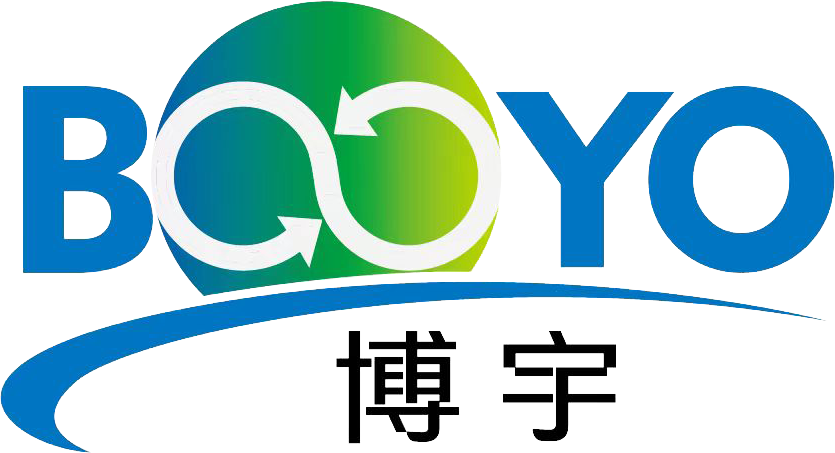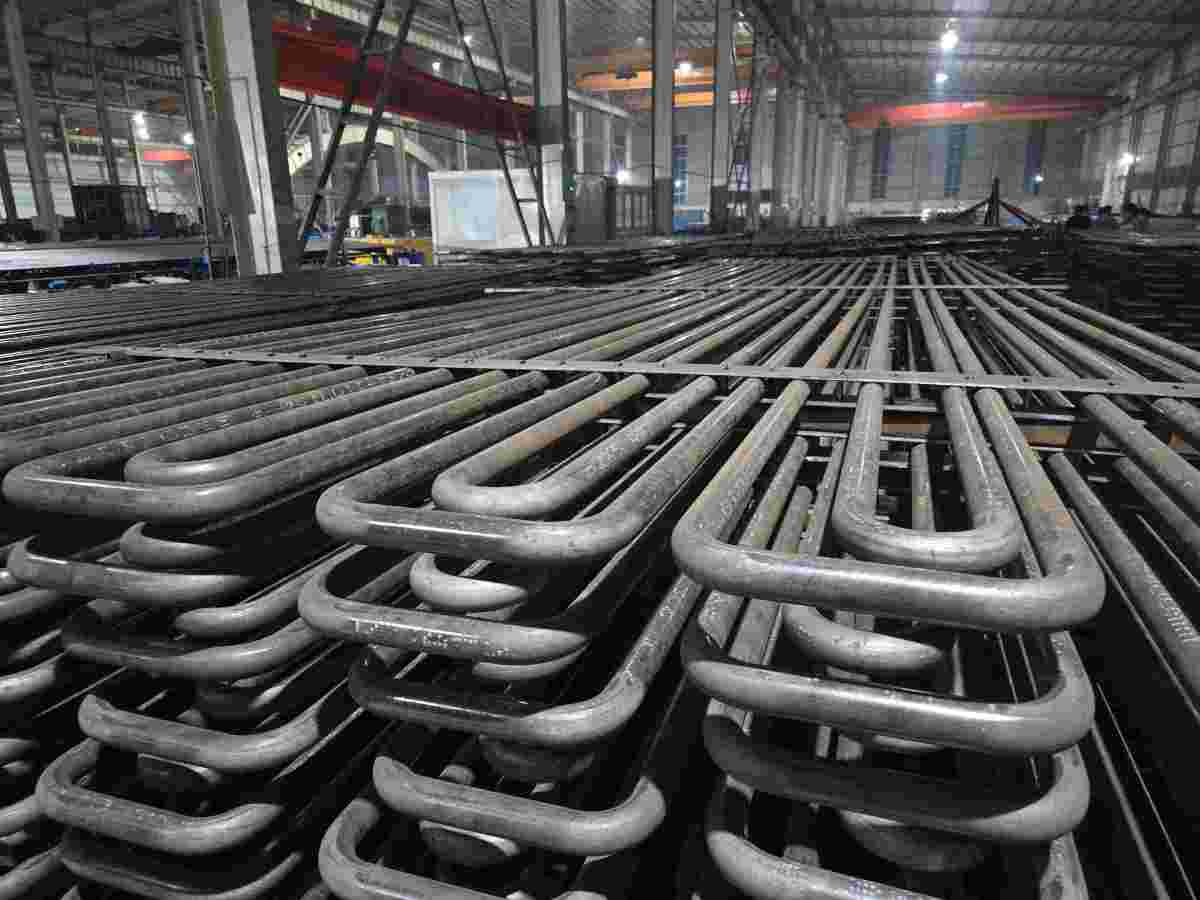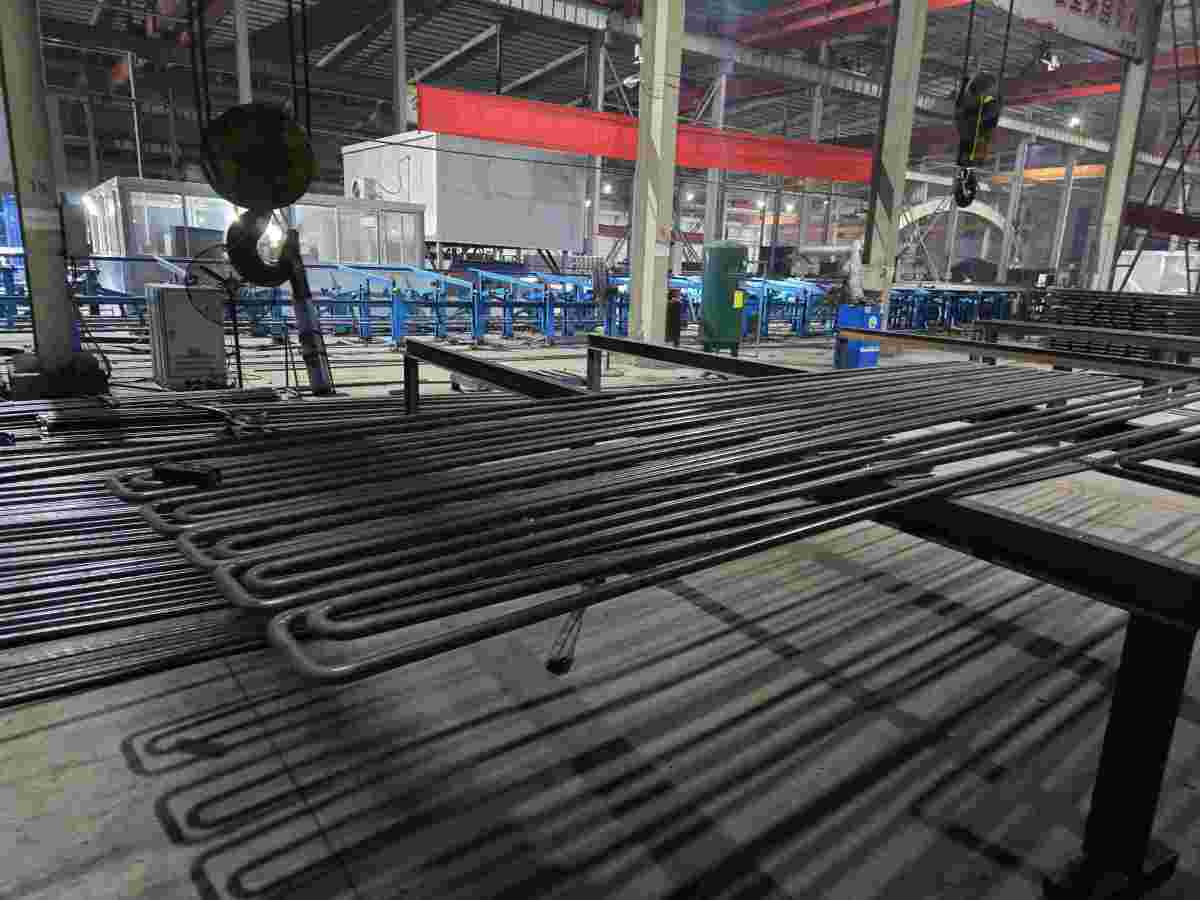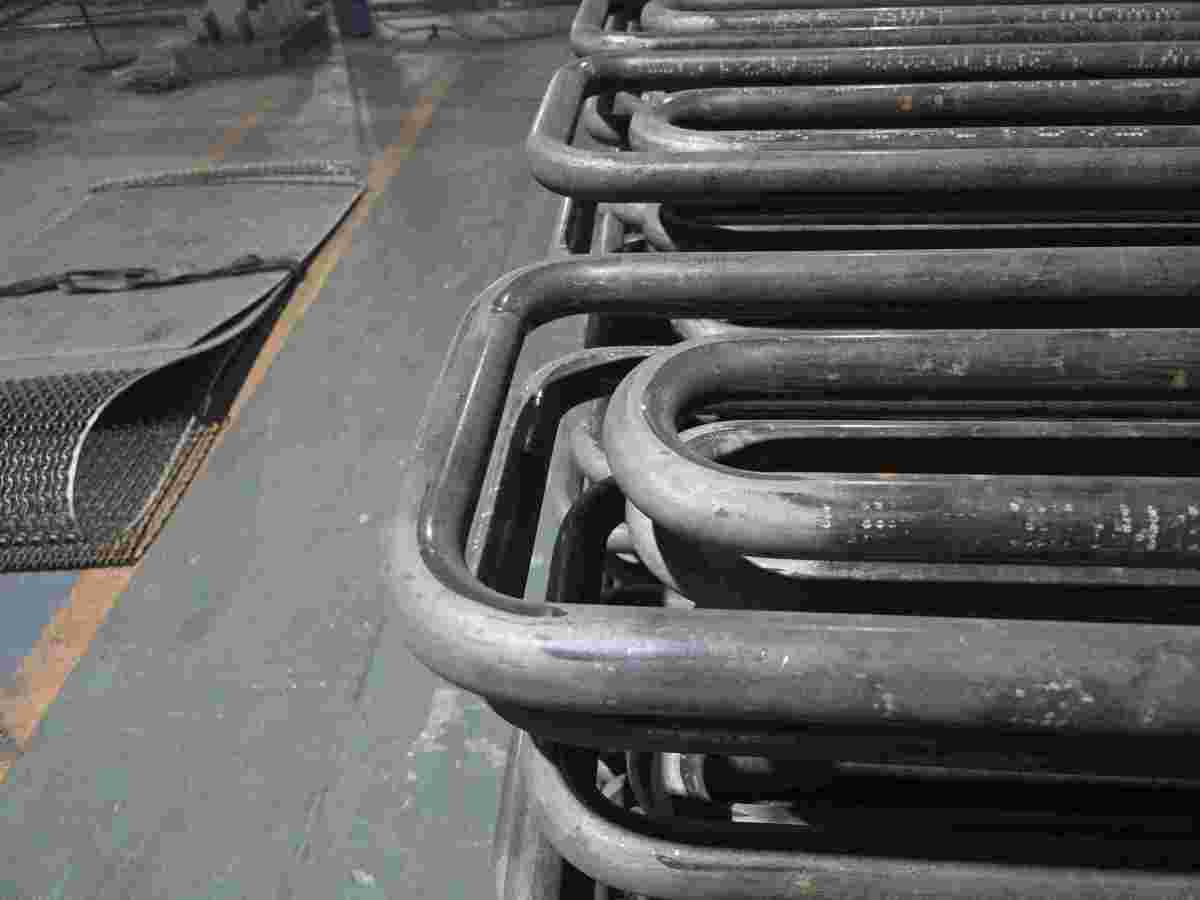
Our News
Find out about our latest news here.
Latest News
- ▶ High-Efficiency Surface Condenser Solutions:
- ▶ Health, Safety and Environment (HSE) Policy
- ▶ Conflict-of-Interest Policy
- ▶ Can a Welded Spiral Heat Exchanger Solve Fouling and Blockage Problems?
- ▶ Anti-Bribery and Corruption (ABC) Compliance Policy
- ▶ The Critical Role and Application of Heat Exchangers in the Natural Gas Treating Process
Message
1. Introduction
A superheater is one of the most critical components in a boiler or heat-recovery system.
Its function is to raise the temperature of steam generated in the boiler drum beyond the saturation point, producing superheated steam that improves the thermal efficiency and power output of turbines or process systems.
By transforming saturated steam into dry, high-temperature vapor, a superheater significantly increases the enthalpy of the working fluid, allowing the same mass of steam to carry more energy, thus improving both fuel economy and plant performance.
Superheaters are widely used in thermal power plants, chemical plants, refineries, waste-heat boilers, and CSP (Concentrated Solar Power) systems, where reliability and heat efficiency are of paramount importance.

2. Working Principle
Inside a superheater, steam flows through a set of U-shaped or serpentine tubes, exposed to hot flue gas or radiant heat from combustion.
As the steam passes through the tubes, it absorbs additional heat from the gas stream—either by convection, radiation, or a combination of both—raising its temperature above the saturation point at the given pressure.
The process eliminates any remaining moisture in the steam, improving its quality and protecting downstream components such as turbines, control valves, and heat exchangers from erosion or thermal fatigue.
Typical operating conditions:
In subcritical boilers: up to 540 °C and 16 MPa
In supercritical or ultra-supercritical units: up to 620 °C and 30 MPa
3. Classification of Superheaters
Superheaters are generally categorized according to their heat-transfer mechanism and structural configuration.
(1) Convection Superheater
Located in the path of flue gases after they leave the furnace.
Heat transfer occurs mainly by convection, and the temperature control is relatively easy.
It is ideal for medium-temperature, medium-pressure systems.
(2) Radiant Superheater
Installed directly inside the furnace or near the flame zone.
It receives a large portion of heat by radiation and can achieve higher outlet temperatures.
However, temperature control is more complex, and tube materials must withstand thermal stress and oxidation.
(3) Combined Superheater
Integrates both radiant and convective sections.
It takes advantage of radiant heating for rapid temperature rise and convective heating for stable outlet control.
This configuration is widely adopted in modern high-pressure and supercritical boilers.

4. Construction and Materials
A superheater assembly generally consists of:
U-bent or serpentine tubes
Headers or manifolds
Supports and hanger structures
Attaching welds and expansion joints
Tube Materials
The choice of material depends on temperature, pressure, and corrosion environment:
Carbon Steel: SA-210 Gr.A1, SA-192 – economical, used for low-to-medium temperature ranges.
Low-Alloy Steel: SA-213 T11, T12, T22 – enhanced creep strength for higher pressures.
High-Alloy and Ferritic Steel: SA-213 T91, T92 – excellent high-temperature performance.
Austenitic Stainless Steel: SA-213 TP304, TP321H, TP347H – superior corrosion and oxidation resistance.
Nickel-based Alloys (optional): Inconel 625, 800H – used in extremely severe or corrosive environments.
All tubes are precisely bent using CNC U-bending machines and then subjected to heat treatment, hydrostatic testing, and non-destructive examination (RT, UT, PT, MT) according to ASME Section I or Section VIII requirements.
5. Performance Advantages
Higher Thermal Efficiency
Superheated steam carries more usable energy, improving turbine and process efficiency while reducing fuel consumption.Improved Equipment Reliability
Dry steam eliminates condensation erosion and water hammer, extending the life of turbines and piping.Reduced Emissions and Energy Saving
Efficient heat transfer reduces exhaust gas temperature and CO₂ emissions.Enhanced Process Flexibility
Superheated steam enables precise temperature control in industrial applications such as reforming, drying, and power generation.Long Service Life and Low Maintenance
The use of high-quality heat-resistant steel, precision bending, and advanced welding ensures mechanical integrity even under cyclic thermal stress.
6. Quality Standards and Testing
At BOOYO Heavy Industry, every superheater assembly is designed and manufactured in full compliance with:
ASME Section I / Section VIII (Power and Pressure Vessel Code)
NB/T 47015-2011 (Chinese pressure part fabrication standard)
TEMA and API design references for custom exchanger systems
Inspection and Testing Capabilities
Hydrostatic and pneumatic pressure tests
Dye penetrant (PT), ultrasonic (UT), magnetic particle (MT), and radiographic (RT) examination
Metallographic and hardness testing
Dimensional and straightness verification
Heat treatment and stress-relief furnace with full data recording
Third-party inspection by AI (Authorized Inspector) or client representatives
All inspection data and material traceability records are maintained through BOOYO’s Quality Management System certified to ISO 9001.

7. Manufacturing Capability at BOOYO
Shandong BOOYO Heavy Industry Technology Group Co., Ltd. possesses world-class facilities for:
U-bend tube fabrication up to 76 mm OD and 15 m length
Automatic TIG/MIG/SMAW welding with argon protection
Heat treatment furnaces capable of 1100 °C uniform heating
Tube bundle assembly, header welding, and pressure testing
Surface treatment, passivation, and packaging for export
The company holds both ASME “S” and “U” Stamps, as well as National Class I & II Pressure Vessel Licenses, enabling full manufacturing of superheaters, reheaters, economizers, and heat-recovery units for domestic and international projects.
BOOYO’s products have been successfully applied in:
Thermal power plants (coal-fired, biomass, waste-heat recovery)
Petrochemical reforming and hydrogenation systems
Metallurgical gas recovery (primary gas coolers, waste-heat boilers)
CSP molten-salt solar-thermal systems
Chemical and paper industry heat-recovery units
PROFESSIONAL CONSULTATION
If you are interested in our products and want to know more details, please leave a message here, we will reply you as soon as we can.